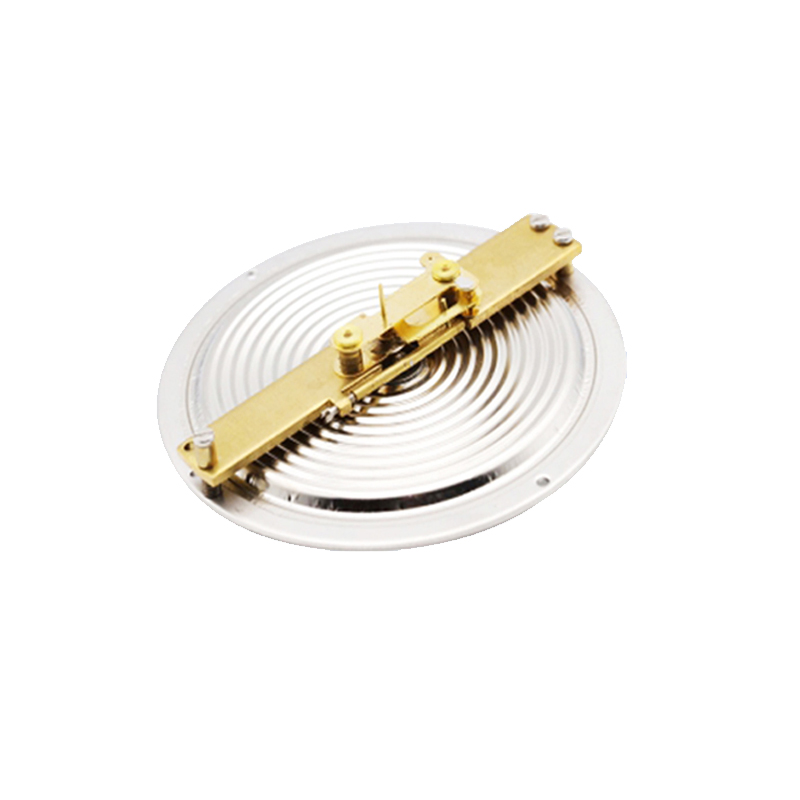
gru . 01, 2024 21:33 Back to list
pressure diaphragm,
Understanding Pressure Diaphragms Functionality and Applications
Pressure diaphragms are critical components in various engineering and industrial applications, serving essential functions in measuring and regulating pressure within systems. This article aims to elucidate the concept of pressure diaphragms, their operational principles, and their applications across different sectors.
What is a Pressure Diaphragm?
A pressure diaphragm is a flexible membrane designed to respond to pressure changes in a fluid or gas environment. Typically made from materials such as stainless steel, elastomers, or other durable materials, diaphragms can deform under varying pressures, translating those changes into measurable outputs. Their mechanical response is key to delivering accurate pressure readings or actuating control processes.
Diaphragms are often housed in pressure sensors or transducers, which convert the mechanical movement of the diaphragm into an electrical signal. This conversion is critical in monitoring and controlling processes in numerous environments, including manufacturing, HVAC systems, and even aerospace applications.
How Do Pressure Diaphragms Work?
The operational mechanism of a pressure diaphragm is relatively straightforward. When pressure is applied to one side of the diaphragm, it deforms, creating a deflection. The extent of this deflection is proportional to the amount of pressure exerted on it. This mechanical movement is usually then converted into an electrical signal for measurement.
In many cases, the diaphragm is part of a differential pressure sensor, which measures the difference in pressure between two points in a system. The sensor's output is used for various applications, such as monitoring fluid levels, detecting pressure changes, or managing process controls.
Materials Used in Pressure Diaphragms
The materials chosen for pressure diaphragms are crucial, as they need to withstand varying pressures and environmental conditions without sacrificing performance. Common materials include
1. Stainless Steel Known for its excellent corrosion resistance and strength, stainless steel is often used in applications involving harsh environments, such as chemical processing.
2. Elastomers These flexible rubber-like materials are used in applications requiring high flexibility and deformation ability. They are often employed in low-pressure situations or where thermal expansion is a concern.
pressure diaphragm,

3. Teflon For applications requiring resistance to aggressive chemicals, Teflon diaphragms are preferable due to their inert properties.
Choosing the right material depends on the specific application, fluid characteristics, and required flexibility and durability.
Applications of Pressure Diaphragms
Pressure diaphragms are found in a variety of industries, underscoring their versatility and importance. Some key applications include
1. Industrial Manufacturing Pressure diaphragms are often used in manufacturing processes for monitoring and controlling pressures in mixers, reactors, and pipelines to ensure safety and efficiency.
2. Automotive Industry In vehicles, pressure diaphragms monitor fuel pressure, engine vacuum, and other critical parameters that enhance performance and compliance with environmental regulations.
3. HVAC Systems In heating, ventilation, and air conditioning systems, pressure diaphragms help in regulating airflow and managing system pressures for optimal comfort and energy efficiency.
4. Aerospace In the aerospace sector, pressure diaphragms are utilized in altitude sensors and other critical instruments due to their reliability and precision in high-stakes environments.
5. Medical Devices In healthcare, pressure diaphragms are used in devices such as ventilators and infusion pumps, where precise pressure control is vital for patient safety and effective treatment.
Conclusion
Pressure diaphragms play an indispensable role across a multitude of industries, enabling accurate pressure measurement and control. Their design and materials are tailored to meet specific requirements for durability, flexibility, and chemical resistance. As technology continues to advance, the role of pressure diaphragms in automation and control systems is expected to grow, fostering more efficient and safer processes in various sectors. Understanding their functionality and applications is essential for engineers and technicians as they design and maintain systems relying on precise pressure management.
-
Premium Differential Pressure Gauges High-Accuracy Solutions
NewsMay.11,2025
-
Fire Hydrant Pressure Gauge Price Reliable Suppliers & Quotes
NewsMay.11,2025
-
High-Performance Capillary Diaphragm Seal Pressure Gauges Trusted Manufacturers
NewsMay.11,2025
-
In Line Pressure Gauge for Fire Hose Durable & Real-Time Monitoring
NewsMay.10,2025
-
WIKA 732.51 Differential Pressure Gauge High Accuracy & Durable Design
NewsMay.10,2025
-
Diaphragm Type Differential Pressure Gauge Precision & Durability
NewsMay.10,2025
